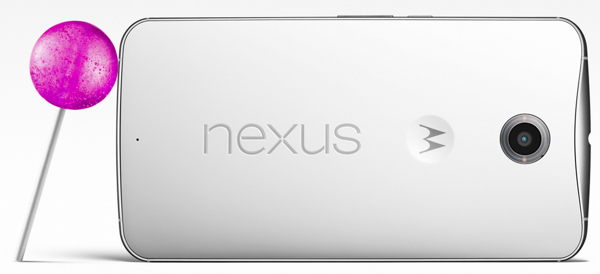Misunderstanding Google's Project Fi: It's not about the price

Now that the details of Google's Project Fi wireless service for the Nexus 6 are available, people are understandably looking to see if it's a good buy.
The base plan costs $20 a month for unlimited voice minutes and texts in the U.S., plus free texting around the world and low-cost calls while abroad in 120 countries. Mobile broadband data is priced in 1GB increments, costing $10 each. And if you don't use all of the data you've paid for, you get a credit for the unused allocation, so you never pay for what you don't use, helping to manage costs.

I've seen several price plan comparisons between Project Fi and the other major carriers. Ron Amadeo's write-up at ArsTechnica is a well written example, plus it includes similar plans from Republic Wireless and Ting. The former combines Sprint's network with Wi-Fi coverage, while the latter offers very flexible plans; if you under- or overuse your plan's voice or data allocation, Ting will automatically shift you up or down to the appropriate plan.
Such flexibility is nice and it comes with Project Fi. That's leading some to say Google's effort isn't anything new. Except it is when you consider a key aspect of mobile broadband: Coverage.
Featured
When people ask me what carrier they should use for their phone, I rehash the old saying about real estate: It's all about three things; location, location, location.
Meaning, where will you primary use the service? It doesn't matter if one network advertises the fastest speeds in the nation if you don't live or work in an area where you can get those speeds.
And this is where Project Fi differs because it doesn't just rely on a single carrier network paired with Wi-Fi for service. Instead, it offers a pair of carrier networks in addition to Wi-Fi with an advertised seamless hand-off between the three choices. Google says the phone will pick the best network at the time for a given location.
Although I don't currently use a Nexus 6 -- I opted for the smaller Moto X -- I'm a perfect candidate for Project Fi.
When I travel for work, I always take both my phone and an LTE tablet. The phone uses an AT&T SIM while I opt to use T-Mobile's service for the tablet. The main reason for the tablet? Besides being useful for content consumption and light work, it serves as an outstanding Wi-Fi hotspot thanks to the long battery life as compared to that of my phone. And by choosing a different carrier than the one I use on my handset, I have network redundancy. It's a strategy that has served me well for work over the years; not once have I had both networks become unusable at the same time.
Project Fi changes that. Instead of toting two devices, I can get similar network redundancy with a single device. And the best part is, I don't need to worry about which network would provide the best experience at the time or in a particular location. The phone manages that for me.
I suppose I could leave the tablet behind and just get a second SIM card to accomplish the same thing. I typically buy my phones unlocked so an AT&T SIM and a T-Mobile SIM could each work in my phones. And handsets are starting to include support for a wider variety of network frequncies but again, swapping SIMs is a manual process. If you've ever carried two SIM cards on a work trip though, you'll know they're easy to lose. And having two separate carrier accounts means two phone numbers as well as two bills to manage and pay. That's not ideal.
Even in certain locations where a carrier typically provides a good experience, it can vary wildly. Some network frequencies penetrate walls better than others, for example, so wouldn't it be nice to switch to a different carrier that's better suited for indoor usage as needed?
Consider too when a particular cell tower, or the wired backhaul to it, is saturated with users. An alternative network you can seamlessly switch to is ideal.
Is Project Fi the best available plan for everyone? Not likely, or at least, not yet.
Some people don't need such coverage flexibility and since the service is currently only available for a single handset, it's not even a viable option for many.
But Project Fi has the potential to bring more disruption to the market, particularly with broader phone support in the future. This can help put a little more of that control back in consumer's hands while raising the bar for coverage and service alike.